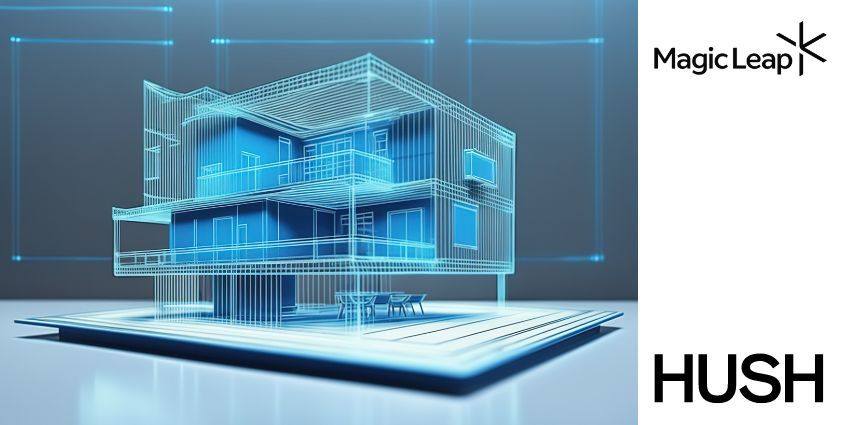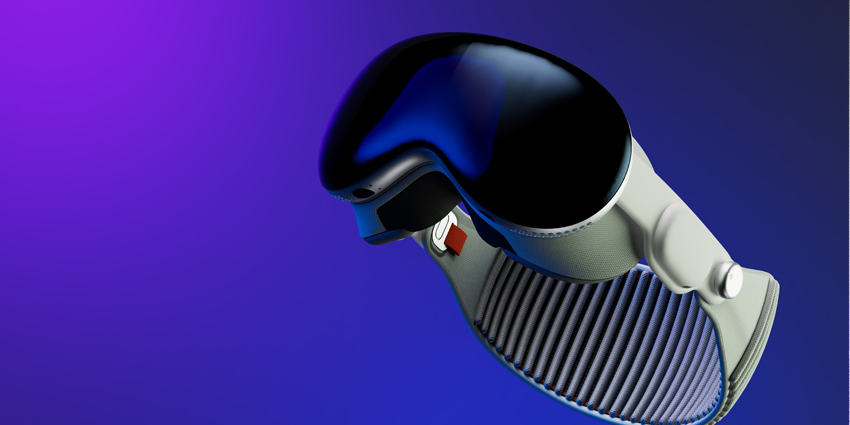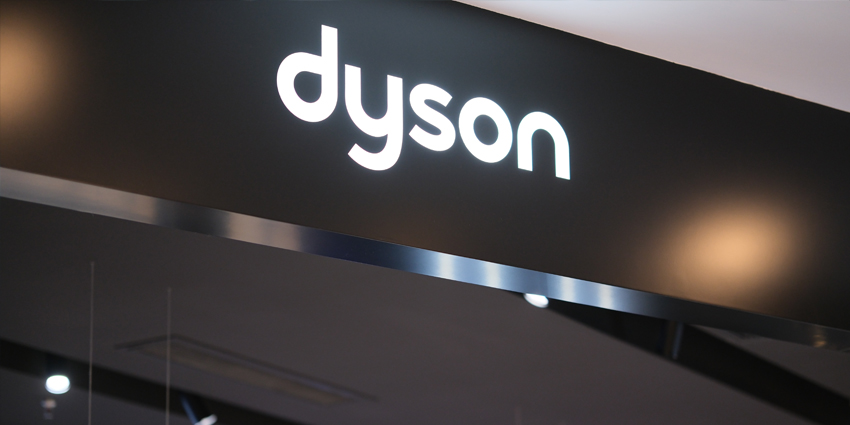HUSH selected the Magic Leap Workshop to help design installations for a building development in New Jersey known as the ‘Helix’.
The complex architecture requirements of the Helix led to the HUSH team utilising Workshop so that they could view the installation plans in 3D and, for the first time, with a true sense of scale.
Available on Magic Leap 2 devices, Workshop enables real-time collaboration on design works, no matter where team members are based in the world.
The technology-forward experience design company, HUSH, has previously served customers including Uber and OKTA.
David Schwarz, HUSH co-founder, explained the benefits of using the Magic Leap Workshop compared to virtual reality solutions: “The amazing part about doing this on Magic Leap, as opposed to other things we have tried like VR, is you can see through the device you are truly grounded in space, and the experience is so much more real.
“You can really feel like you are there. You can walk around and see things from all angles; you can see up close and at a distance, just like you would in real life.
“And for us, it’s really important in the review process to be able to read clients’ reactions, their body language—you can’t do that in VR.”
According to the US-based augmented reality designers Magic Leap, one of the biggest current challenges in architecture and design is effectively communicating project visions.
The hardest part of this is the conceptual, pre-visualisation phase, which would ordinarily be presented as 2D drawings, followed by 3D models on computers, and finally a physical scale model.
While these tools do go some way to helping clients to get a sense of what the finished product will look like, it is not always easy to infer the scale, proportions, and context of a design.
The Magic Leap Workshop helps to bridge this gap by bringing designs to life. In this instance, it allowed participants to move through the building’s 1:1 scale design and engage with its installations, creating a much more realistic experience.
The not-for-profit development company DEVCO requested HUSH to create the Helix’s design installations, which HUSH was able to do by adding their 3D designs to the Magic Leap Workshop.
DEVCO’s team were then able to experience the installations by using Magic Leap 2 headsets and provide their input and feedback, which is something they had never been able to do at this phase of a project.
Schwarz continued: “By using Workshop and Magic Leap, we have a faster, more iterative design process internally—the team is able to see what is going to work, faster.
“On the client side, we get to consensus much faster and we get more incisive feedback, which increases efficiency significantly.
“And what is really interesting, and a major cost savings, is we have less need for physical models.
“Magic Leap lets the client experience things in 1:1 scale, so the physical models, which are time-consuming and expensive to build, are less necessary.”
In January 2024, Magic Leap entered the ‘Chapter 3’ stage of its enterprise XR adoption roadmap.
Last year, Magic leap joined the XRA’s roster of global XR firms to lead the organisation with best practices and experiential guidance.






